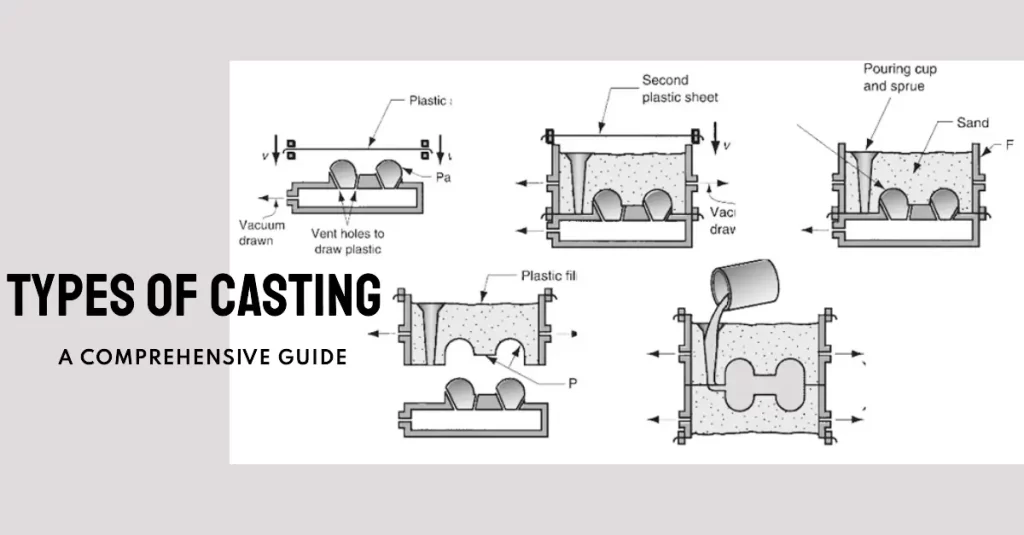
There are different types of casting for creating complex shapes and components. Each is suited for different manufacturing applications. This guide will explore different casting processes. They include pressure die casting, vacuum casting, investment casting, sand casting, and squeeze casting. We will explain these methods and help you find the best options for your needs. Let’s explore the best way to optimize your production with the ideal die-casting service.
Casting generally requires less processing compared to CNC machining. CNC machining removes material from a larger metal block to create the final design. In contrast, casting can use nearly any type of metal. This versatility makes casting applicable across many industries. Casting involves several different procedures. Each procedure uses distinct materials, equipment, and techniques. We outline various casting methods and their unique equipment and uses.
What is Casting?
The casting procedure involves pouring a molten metal or plastic into a mold. It then solidifies, and the product is revealed by removing the mold. The material has hardened, so it shows its new shape. Casting is a common way to produce complex shapes. Other production techniques might be more complicated or more expensive. It is widely used in automotive, aerospace, and jewelry manufacturing. It makes parts and products with exceptional accuracy and refinement.
Try Prolean Now!
What is the Casting Process?
The casting procedure is a manufacturing technique. It involves pouring molten substances, like liquid metal or plastic, into a mold to make objects. As the melted material cools, it becomes solid. It then adapts to the mold’s shape. This creates a final product like the mold. Casting is now a common method in many fields. It makes complex parts and structures. It would be complicated or costly to make with other methods.
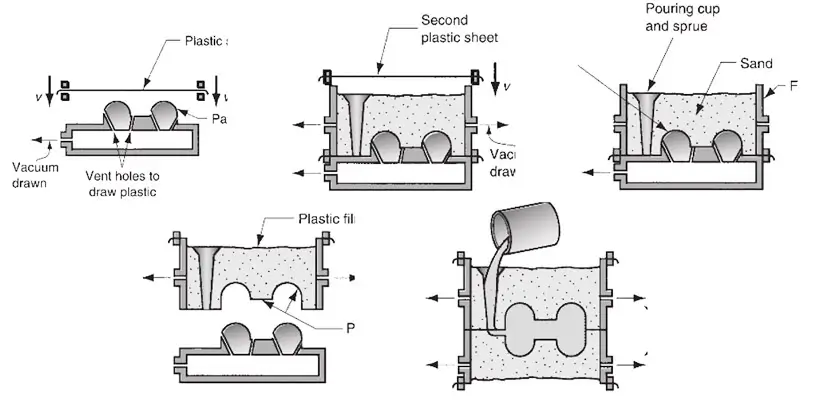
Vacuum casting
Different Types of Casting
This section will explore the different types of casting processes. By understanding these various casting processes will help you choose the most suitable technique for your specific project, ensuring optimal precision and efficiency in your outcomes.
Pressure Die Casting
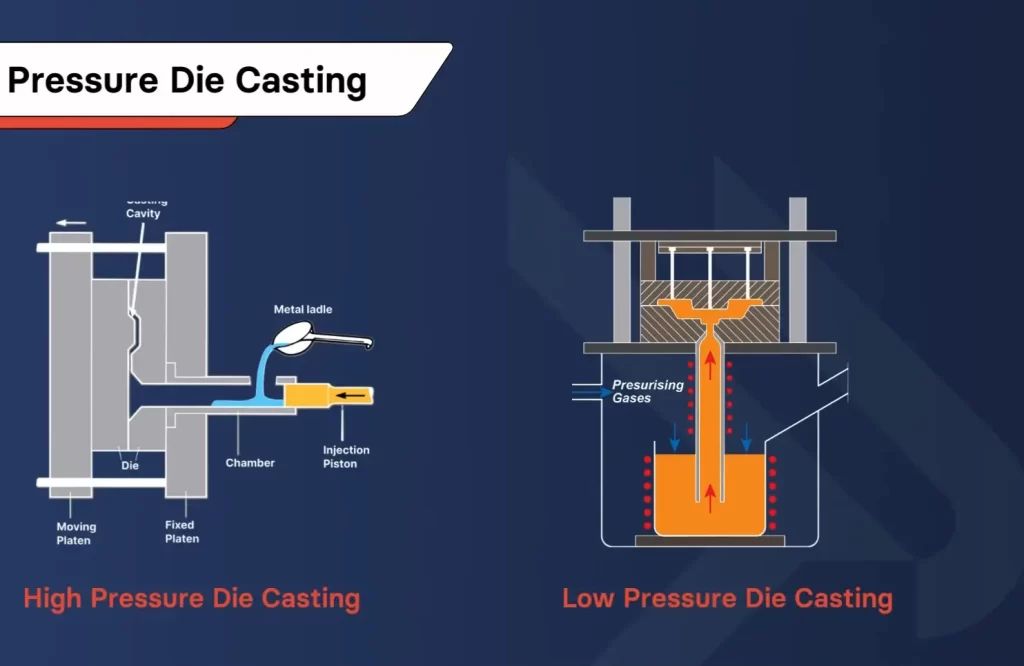
Pressure die casting
This technique is a good choice for various fields. It uses high pressure, speed, and heat exceptionally well. High-pressure die casting quickly injects molten metal into a mold under precise conditions. It creates a defect-free, efficient, and reproducible result. It is vital to know the machine’s settings. They ensure that the shape forms and cools correctly, producing the desired result. High-pressure die casting is commonly used to make appliances and vehicle parts.
Metal Die Casting
Die casting is an alternative method for forming low-melting-point metals. Sand casting can dissolve high-melting-temperature alloys. After heating materials, they become molten liquids. They can then be injected into durable, hardened-metal die-casting molds. These devices are composed of a cavity, core, and sometimes attachments. Unlike plastic injection molding, it is sometimes better to machine the side aspects after casting than to use a side action.
Die casting has its origins in the 19th century. Two procedure categories have been devised since its introduction to the manufacturing industry.
- The initial type is the heated chamber. It has a furnace integrated into the apparatus that melts the materials.
- The second procedure, the cold chamber process, involves melting materials in a separate furnace. Then, the liquefied material moves to the injection chamber.
Die casting effectively makes high-volume parts for auto, furniture, aerospace, and electronics. It is also used for toys.
Vacuum Casting
Vacuum casting, like other methods, uses high-pressure, boiling liquid to make a solid part. It’s a quick way to make complex pieces and prototypes when you need a few. A vacuum keeps air out of silicone molds. It creates rubber and plastic objects with no air bubbles or big holes. Don’t confuse this with urethane casting. Vacuum casting creates polymer parts in silicone molds using a vacuum.
There are many advantages to vacuum casting, including its speed, accuracy, and flexibility. It is a simple process that does not need any special equipment or high training. However, there are some limitations to vacuum casting. It works best with thermosetting plastics. It may struggle with complex shapes and large parts. It is essential to regulate the manufacturing process to prevent defects in the final product.
Squeezing Casting
Squeeze casting involves several steps, including pressing, melting, forging, and squeezing. This casting procedure produces pore-free, dense items. Both direct and indirect die casting use high-pressure hydraulic plates to press molds with molten metal. High-pressure die casting is an indirect process, forcing metal into molds. Pressing is a direct process. Squeezing casting can be used in many industries, including automotive, aerospace, architectural, and wheel-making.
Sand Casting
Sand may look brittle and flaky. Yet, the right kind can make excellent, single-use molds for many types of casting processes. Sand casting primarily makes complicated things from hot liquid metal or alloys. Sand molds have many parts or cores. Sand molds capture component imprints from different angles. They form the final part shape. Molten metal may be poured into and flow through designs with features. Manufacturers appreciate it. You can form high-melting metals like steel, nickel, and titanium, which can’t be cast otherwise. Sand casting can also be used on softer aluminum, bronze, and zinc alloys.
Sand casting includes silica, chemically bound or green sand, unlike beach sand. Molds can be reused or destroyed after casting, depending on the design. Grinding and machining can remove sprues and flashing. They can also add details or precise features to the metal form. Sand casting can make marine flywheels, engines, BBQ grills, ship skin fittings, and jewelry in medium to large quantities.
Investment Casting
Investment casting has been used since the Bronze Age. It is still a standard method for making many modern items. These include gas turbines, jewelry, and MRI scanners. It’s also suitable for mass-producing near-identical duplicates. Ceramic-encased wax patterns are used in investment casting. Ceramics take the wax pattern’s surface and form (with material or treeing properties). They are then shoved into sand and slurry. After the wax evaporates, molten metal is put in to make the completed products. Investment casting, like sand casting, uses many materials.
3D-printed wax or low-ash polymers can create investment patterns for prototypes or modest quantities. Low ash is crucial because ash in the cavity might produce cast component flaws. The production uses injection molding to make wax patterns quickly. These can be used to manufacture many components. Before completion, components undergo extra shaping and finishing, like other metal casting processes.
Final Thought
Casting is a complex industry with several applicable methods for different businesses. You can make precise, challenging items from many materials. Due to the variety of casting processes, choosing one for your project may be difficult. Knowing the uses of each method can help you choose one that meets your needs. A good die casting service can boost quality and efficiency in any industry, including automotive and aerospace.

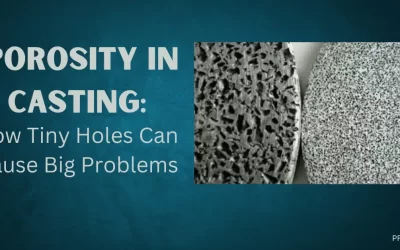
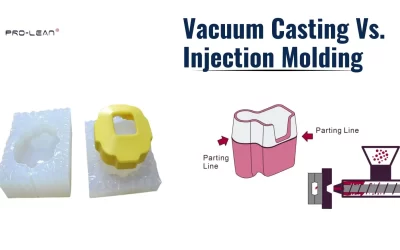
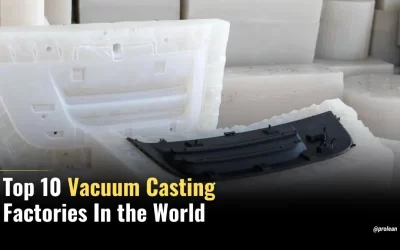
0 Comments